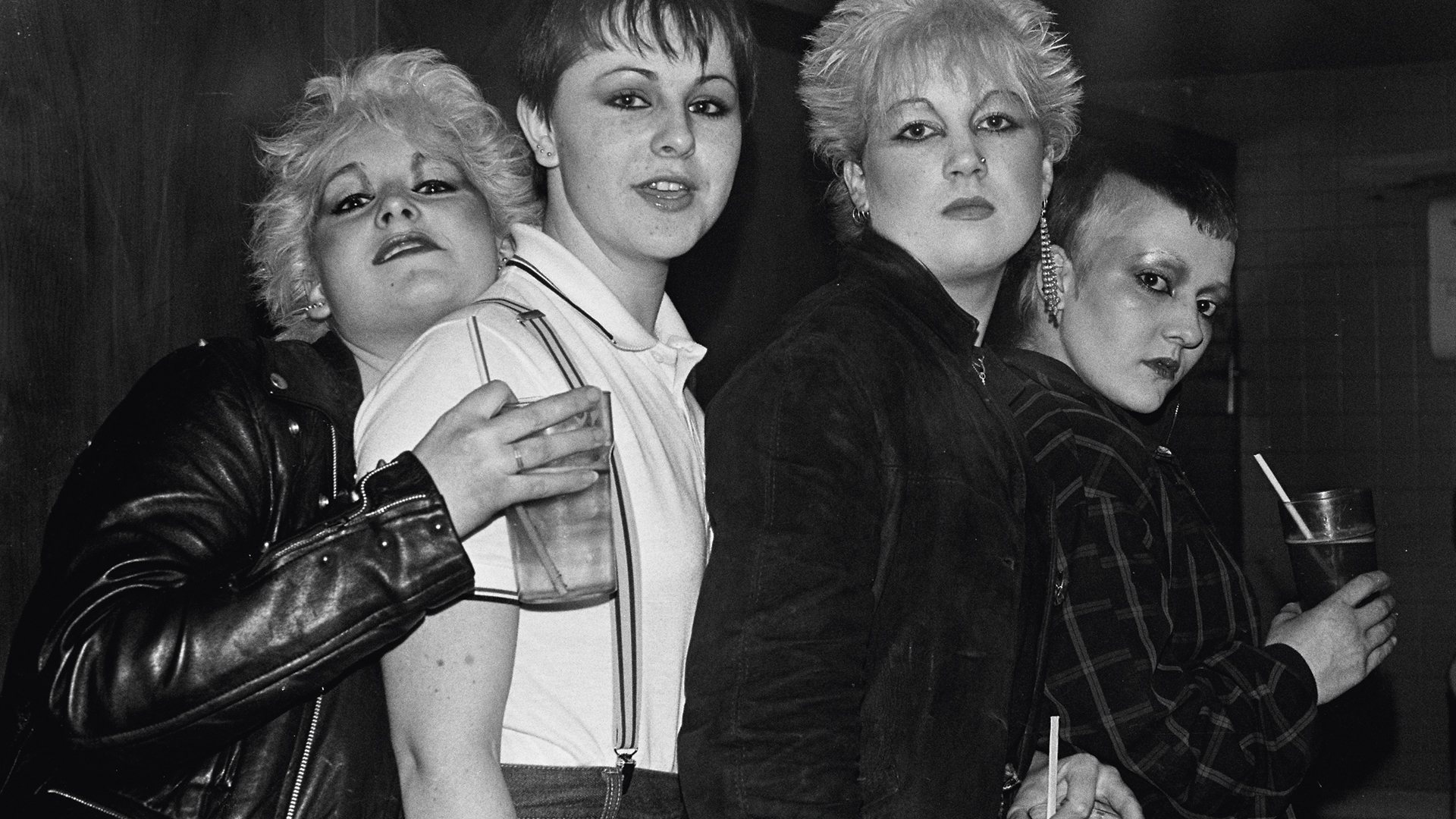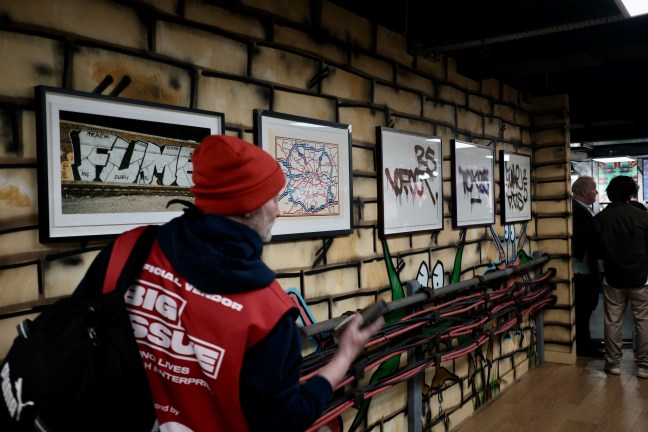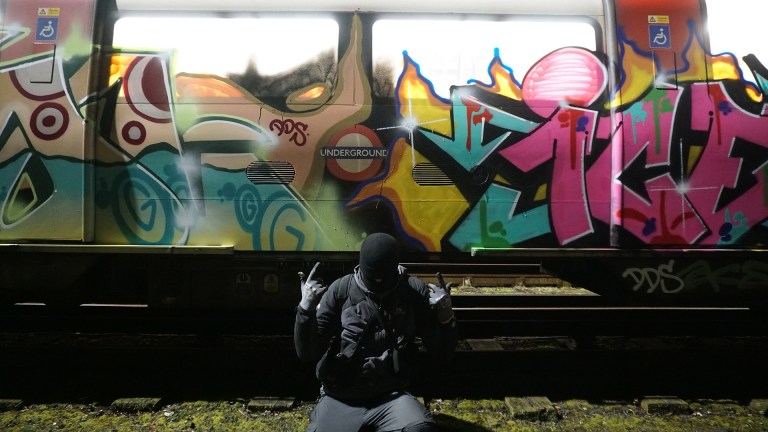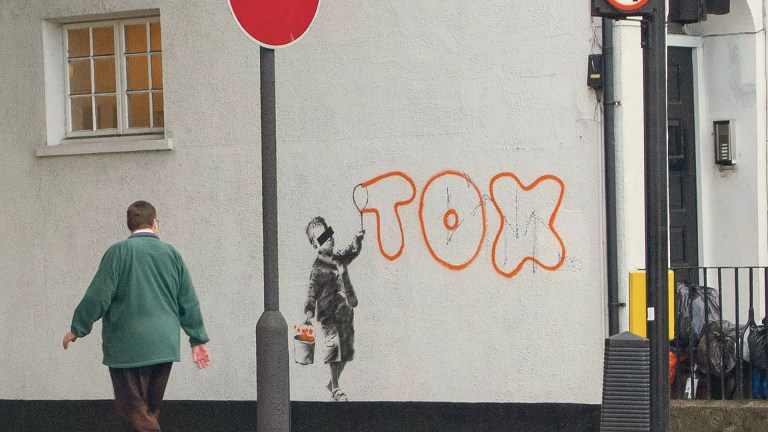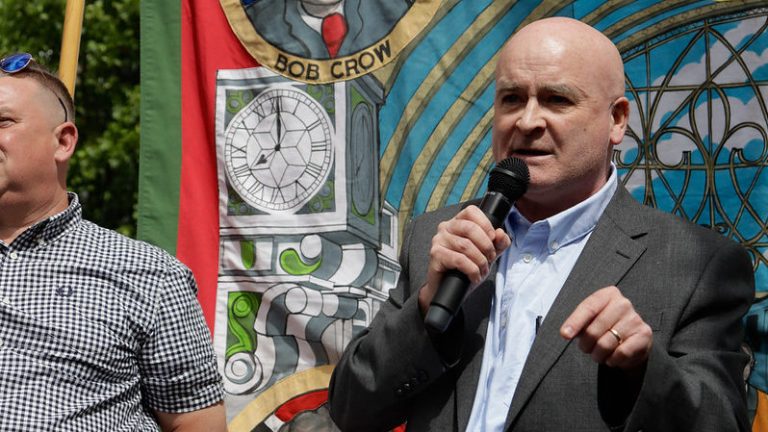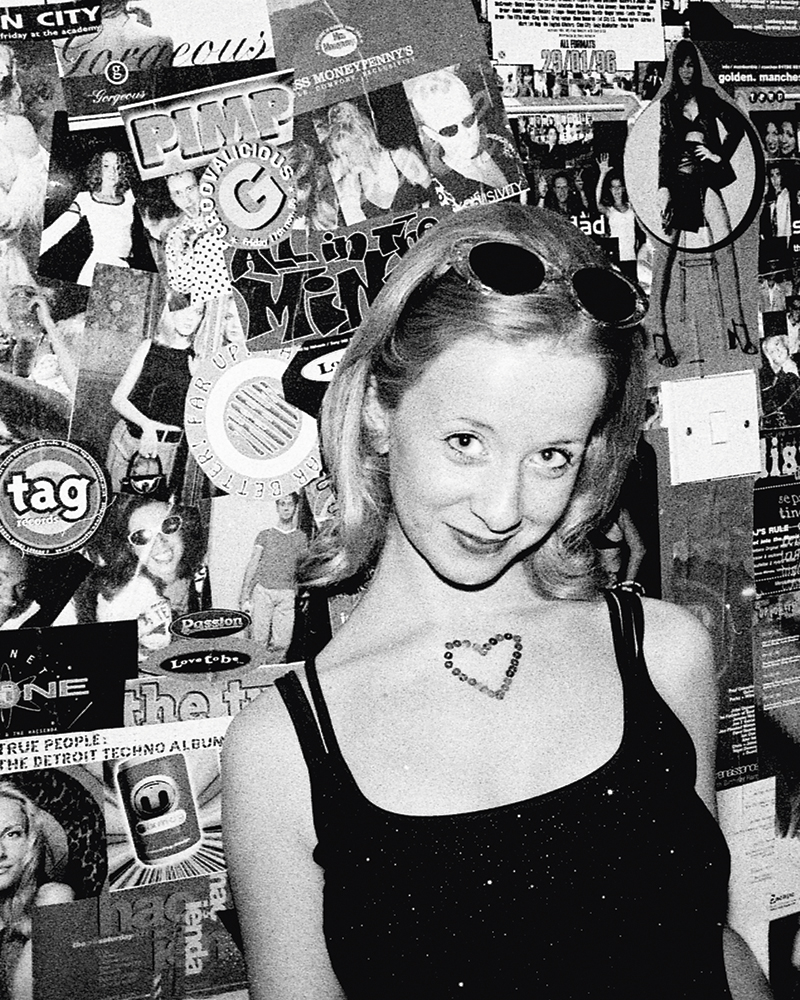
A new exhibition at the Herbert Art Gallery and Museum in Coventry celebrates a century of teenage life.
Even though the word “teenager” only began to be used in 1944 – typically, it was coined by advertisers and used to make money from this newly minted consumer group – the images and artefacts from Grown Up In Britain: 100 Years of Teenage Kicks show the spirit of rebellion and generation gap-inducing music and youth fashions were in evidence long before the word appeared.
So it is that we see a flapper dress worn by women in the 1920s, and Tommy Sussex’s photograph of a young woman with her fist raised at a Black Lives Matter protest in London in 2020, can be shown as part of the same cultural phenomenon. Music has been such a huge part of teenage life in this country.
Clare Muller’s punk and skinhead girls at a gig in Hastings in 1981, Tony Davis’s teenage ravers at a motorway services after a night out in Shelley’s Laserdome, Stoke-on-Trent in 1992 and Lucy McCarthy’s rave bedroom in Coventry in the same era, plus Aiyush Pachnanda’s shot of DJ Gracie T at a Boiler Room night in London in 2021, show different subcultures – all linked by a spirit of youth, rebellion and lust for life.
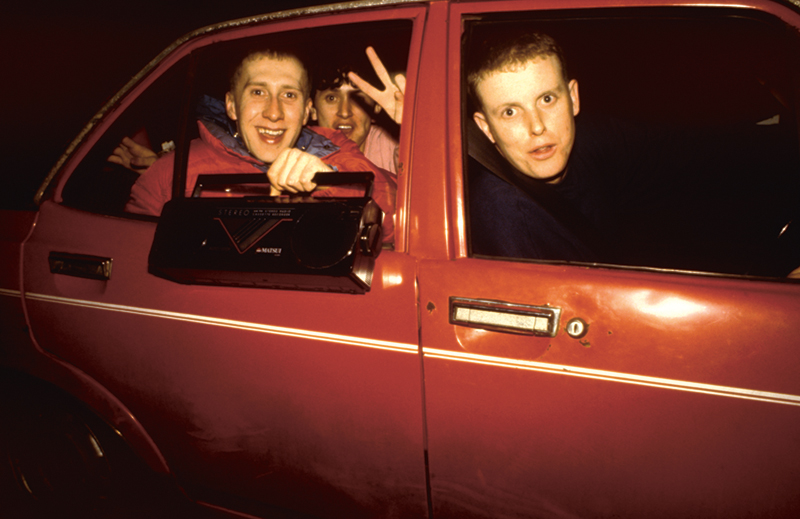
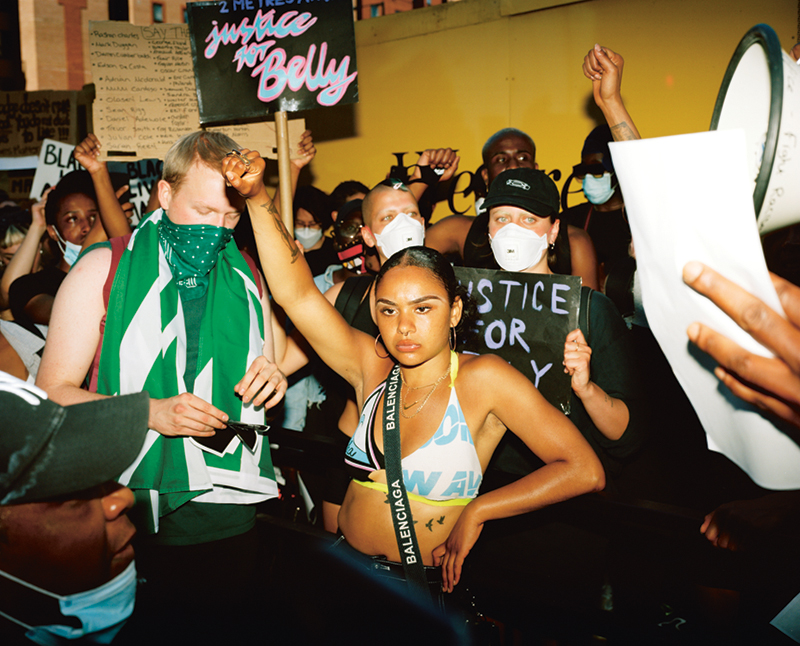
Visitors are encouraged to bring in shots of their own youthful hijinks,making this free show in the brilliant exhibition space in central Coventry a truly interactive experience.
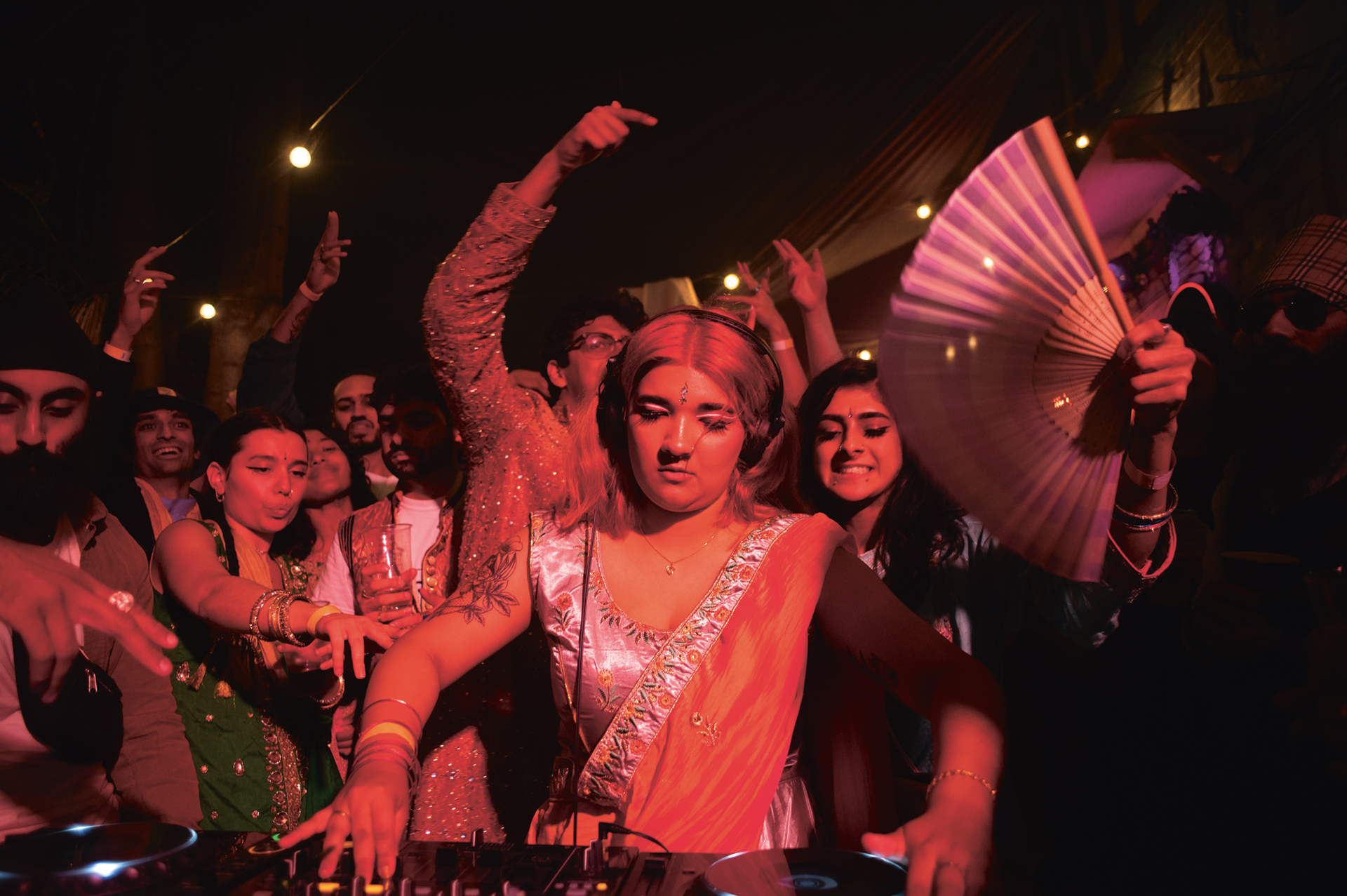
In 1966, John Lennon – who with The Beatles did so much to establish a space between childhood and adulthood for young people to rebel and grow – said: “America had teenagers and everywhere else just had people.”
